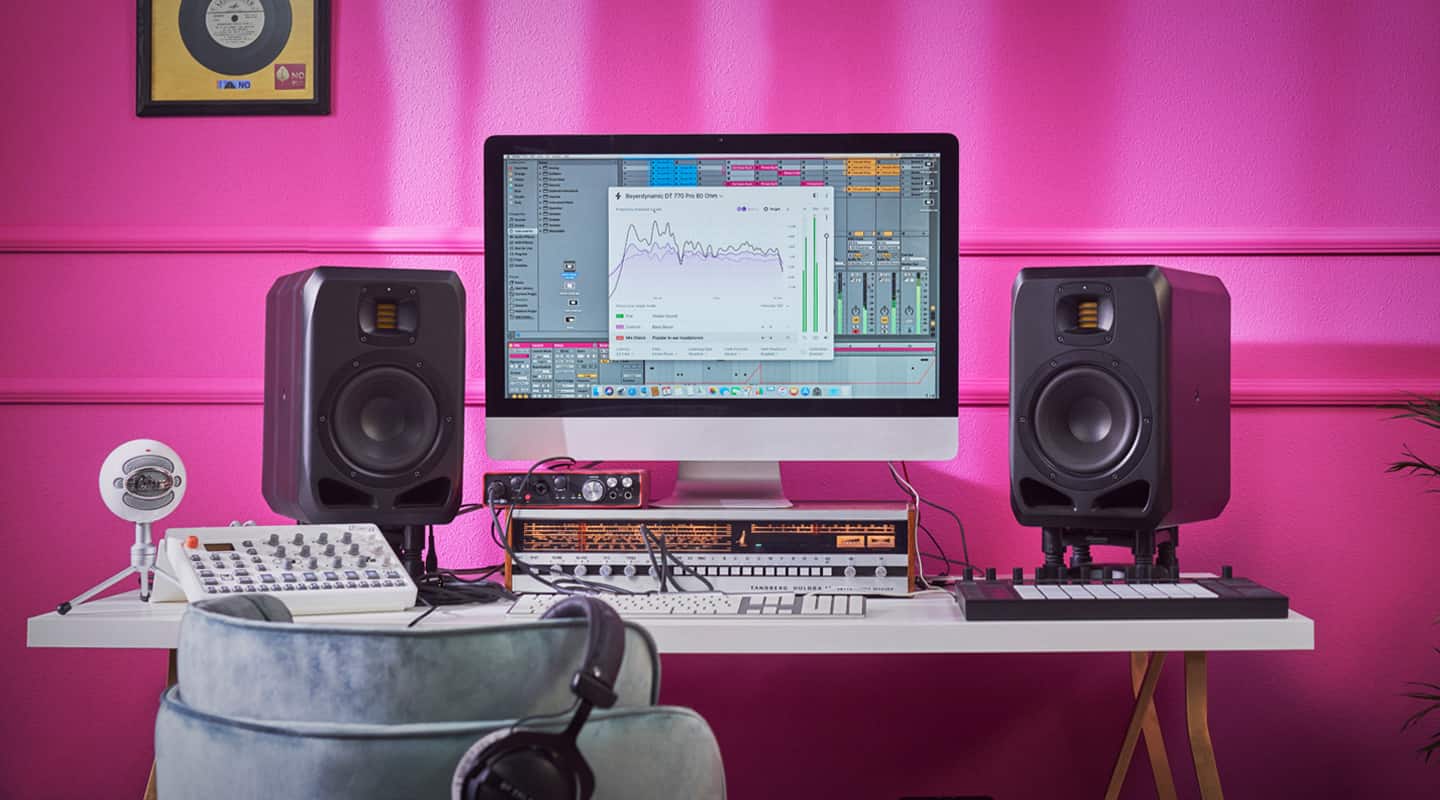
Review: Sonarworks SoundID Reference
SoundID is a monitoring calibration, referencing and translation tool that aims to take the guesswork out of mixing no matter where you’re working.
At first glance, Sonarworks SoundID Reference calibration software could be mistaken for a consumer-grade headphone optimisation solution, with a few extra features thrown in for the home studio market. This would, however, greatly undersell the power and versatility on offer here. My first suspicion that this was a much more evolved package, came with a chunky software download followed by a very business-like installation and authorisation process. Then the real fun and games began!
MEASURING UP
The SoundID Reference software is designed to calibrate and ‘tune’ two main listening devices: headphones and speakers. Headphone optimisation requires specific brand information (check the online list of makes and models) and not all models are currently supported. The company does offer a postal ‘send and return’ calibration service for headphone makes and models not currently covered and I was curious about the headphone processing, but without a qualifying set of headphones to hand I decided to jump right in the deep end and see how my gracefully ageing Quested VS2108 midfield monitors measured up. It’s been quite some time since I did any room or speaker measurements in my studio and it quickly became apparent that the technology has moved on dramatically in the last few years.
To say the SoundID calibration process is very comprehensive might be an understatement. First up I placed the supplied Sonarworks measurement microphone on a stand at ear height in my usual listening position. I used the company’s purpose built mic but at a pinch you can use any omni condenser for this purpose. The clever and informative testing software walked me through setting up my UA Apollo interface for liftoff and once I’d sorted some minor I/O issues the testing process began in earnest. This requires precise adjustments of mic and speaker gain, physically measuring speaker placement and listening position distances as well as capturing impulse responses from no less than 31 different positions. Get ready to do a good deal of moving about with the mic and make sure you can get up close to both monitors too. Allow yourself a good 45 minutes from the beginning of software download to get through this process. I ended up wearing earplugs to keep the repetitive bleeps and filter sweeps at bay!
WOW FACTOR
Testing completed, I instanced SoundID Reference as a DAW plug-in on a completed mix’s master bus and imported my Quested calibration preset. The main GUI page then displayed my tonal corrections on a clean white frequency response graph.
To my slight surprise the Questeds required a considerable amount of equalisation to achieve a FLT (Flat Target) where the desired speaker response is as close as possible to that of a totally linear frequency playback in a perfectly treated acoustic space (we can but dream). A major EQ boost between 3 and 12kHz as well as significant cuts centred around 60 and 180Hz were the highlights of my particular diagnosis, but there were many other smaller boosts and cuts and some minor divergencies between the L and R speakers to boot.
My only slight niggle with the graph is that it doesn’t allow you to click on points and see precise frequency and boost/cut levels. A little more detail would have been nice. Sonically the results were enough to sit me back in my chair and utter an involuntary ‘Wow’!
The top end was a great deal brighter without being overly icy while the midrange and bottom end felt smoothed out in a more subtle way. It was equivalent to putting a shiny new set of strings on a guitar that hadn’t been restrung for 5 years. Toggling the effect in and out I almost felt like I was listening to two totally different sets of monitors. Very impressive!
It’s important to point out here that straight-line linear frequency reproduction is not necessarily the desired outcome in a set of studio monitors. Issues of listener fatigue, end-game translatability and personal taste quickly enter the equation. My personal preference is for a somewhat restrained top end (achieved with a switch on the back of the monitors) and a nuanced midrange which the Questeds deliver beautifully. The bumpy bottom end is a familiar trade-off for my somewhat non-standard room and the duality of the mix and tracking roles it has to play, so both of these readings came as no big surprise (though perhaps the amount of top end and upper midrange added back was). In any case this FLT response is really just the jumping off point for what comes next.
NEED TO KNOW
Sonarworks SoundID Reference
Speaker and headphone calibration

TAKING THE CURVES
The SoundID Reference plug-in gives you a surprisingly deep toolset. In fact, every time I revisited the software I found new and handy features not immediately revealed in the main page which greatly enhance the value of this package.
Apart from the FLT response you can design your own Custom Target responses by modifying your tonal corrections via multiband equalisation or import wholly different settings from elsewhere. In my case I dialled down the top-end boost with a shelf EQ and finessed the midrange and bottom end a little to suit my ears.
The other mode available is Translation Check and this offers an array of common consumer device response curves. This is a very handy feature indeed, providing useful representations of how various ear buds, headphones, laptops, car, TV and home cinema systems will reproduce your mixes. Kudos to Sonarworks here for providing a very compact way to road test your mixes for the cruel realities of modern music consumption.
Rounding out the main display are long vertical stereo I/O meters and an output volume control. Mono, channel swap and mute switching are also cleverly integrated here.
Everything is well put together and sonically the results are head-turningly convincing
TOUGH LOVE TONED DOWN
Under the bonnet lurk many more fine tuning controls. You can choose between zero and low latency modes as well as a linear phase mode where superior phase distortion performance is traded off against a higher latency rate. Any subtle, detected volume discrepancies in L/R performance from the listening position can be corrected and a set of limit controls allows the user to dial-in stepped preset processing limits.
An automatically engaged -10dB Safe Headroom setting can be disabled if you are satisfied that any extra boosts the software introduces aren’t putting your monitors at risk.
Most usefully, SoundID Reference also includes a Dry/Wet continuously variable slider. If, like me, you find the FLT mode a bit of a shock to the system after years of familiarity with your speaker/room/listening position relationship’s non-linearities, it’s quite a pleasurable experience to dial the correction effect down to 50 or 60 percent where you can still hear your old tone but also partake of the software’s best intentions. Unlike a modern compressor’s ‘blend’ control, this process does not, in fact, mix the unaffected and effected signals together but simply reduces both EQ boosts and cuts by the percentage dialled in so there are no phase issues introduced.
Further features include: GUI resizing options and a ‘dark’ mode that changes the plug-in display to a more aggressive white on black to freshen things up.
CARRYING THE CANS
The other main capability of the SoundID calibration system is aimed at both consumer and pro-grade headphone users. Federal Audio generously supplied a pair of Adam Audio Studio Pro SP-5 cans for this review as none of my ageing fleet were listed, though over 300 new and popular headphone model’s ‘average’ profile calibration settings are. The term ‘average’ here simply means several examples of each model have been measured and an average frequency response calculated between them. If you want your individual set of cans measured you can go the extra mile and send them in for customised calibration.
It was a pleasure to use the very capable SP-5s while testing the software and both my clients and I took a real liking to them. Loading up their calibration profile was quick and easy and the frequency curve here involved some gentle low-range boosts and cuts and noticeably steeper cuts around 5 and 8kHz. The Adams are a beautifully-made headphone with a fairly forward treble register which helps detail cut through during denser tracking sessions. The SoundID calibration did a great job of smoothing out this forward top end and made the headphones noticeably more even overall. With this particular model of headphone, the process worked very well to my ear. Indeed I found I liked the Flat Target mode better in the headphone environment than I did when monitoring with speakers. As with monitors, headphone tone is a very subjective thing and people react differently to a different tonal emphasis. I sometimes find a singer will perform or pitch better with a brighter or darker set of cans, so access to a few different profiles brings yet another creative use of the software into play. The full range of mix-checks, EQ tweaks and modifications detailed above are also available to headphone users and studio engineers who want to mediate or customise the listening experience further.

REFERENTIAL TREATMENT
In the studio there’s a number of ways the SoundID Reference system can be used. Its abilities as a speaker and headphone calibration system and/or mix-checker are formidable, but there’s also the option to render mixed tracks in stand-alone mode, instance the plug-in on your master bus either as a corrective process or a very nuanced tone shaping tool.
Last but not least you could most certainly get creative by misusing the Custom Target and Translation Check modes to transform the tonality of individual tracks.
The software displays and controls are presented in a somewhat forensic yet user-friendly maner that quickly dispels any notion that this might be a gimmicky piece of software jazz for consumer audio enthusiasts. Everything is well put together and sonically the results are head-turningly convincing. While the headphone software is no doubt aimed partly at the consumer-grade area of the market, the speaker calibration mic-and-software package undeniably positions SoundID Reference as a serious tool that is capable of delivering both accuracy and flexibility when optimising your listening devices for both home and studio use.















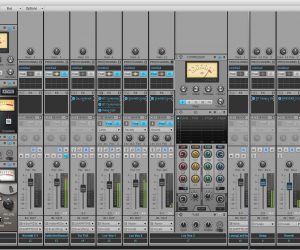
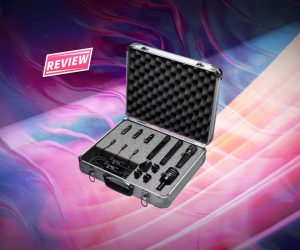
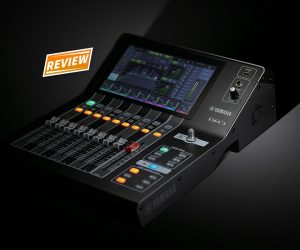






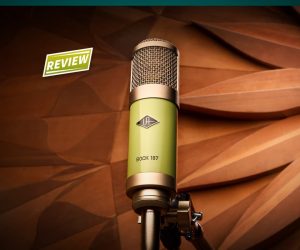

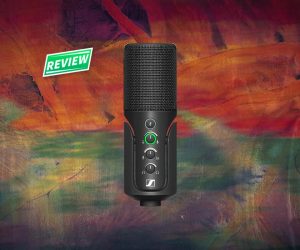


RESPONSES